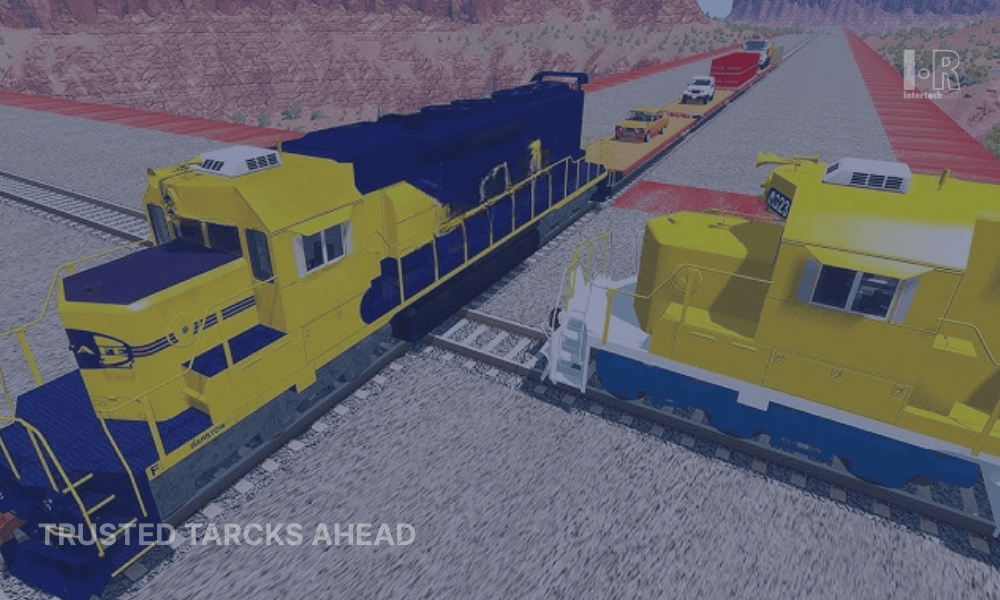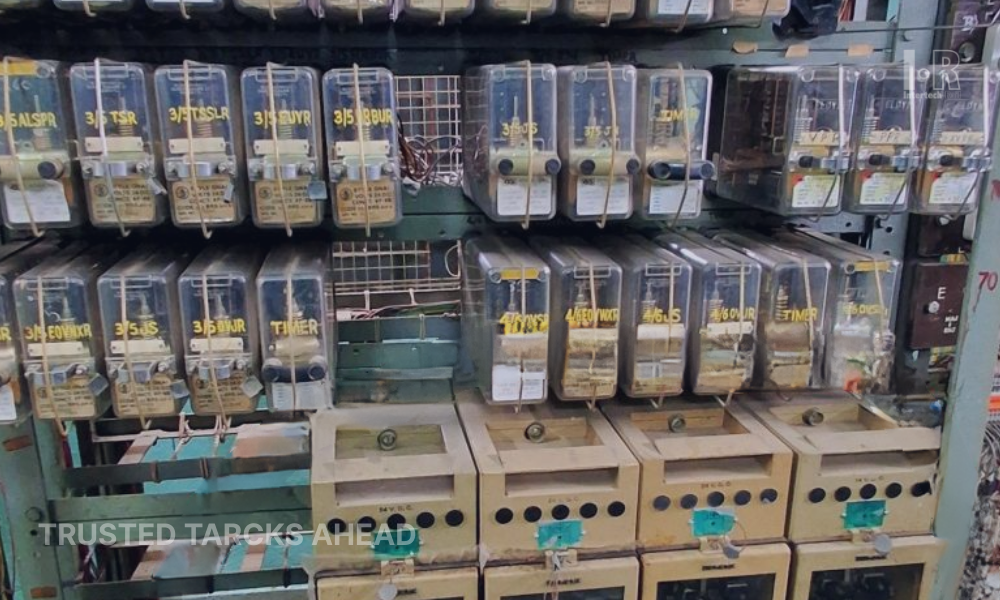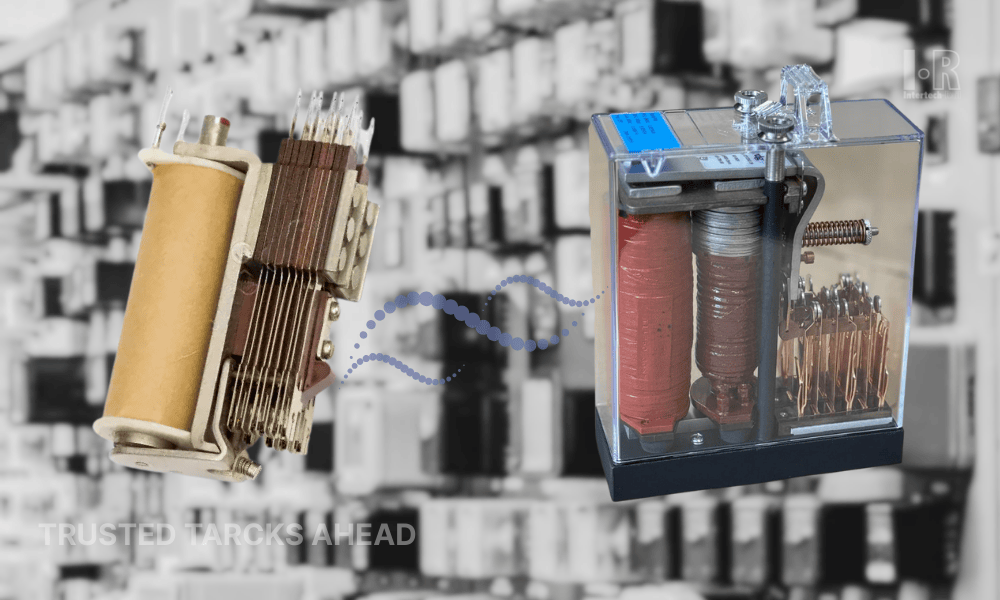Train Collision Avoidance Systems
Train Collision Avoidance Systems: Advanced Safety Technologies and Implementation Strategies

Understanding Collision Risks in Railway Operations
Collisions are low probability, high impact. One signal missed, one brake late, and two trains may be on the same track.
Train collision avoidance systems exist to cover that gap. They react faster than people, and they do it every time.
Why Extra Protection Is Needed
Traffic density is going up. More trains, tighter headways. Traditional signaling reduces risk but cannot catch every mistake. Drivers get distracted, radios fail.
Railway safety technology
adds a second layer, automatic intervention when limits are crossed.
PTC and ATP in Action
- Positive Train Control (PTC): U.S. standard. It checks speed and authority. Overspeed? Passing a stop? PTC cuts power and applies the brakes.
- Automatic Train Protection (ATP): Europe and Asia. Continuous supervision of speed and signal obedience. Often built into the signaling from day one.
Both rely on GPS, balises, and onboard sensors. When risk shows up, braking is not a request; it is enforced.
Implementation Reality
Putting these systems in service is not neat. Operators deal with:
- Linking to old ETCS, CBTC, or even relay signals.
- Comms black spots in tunnels or rural lines.
- Phased rollouts—start with high-density corridors.
- Training crews so they trust automation instead of fighting it.
Retrofits? Painful and costly. Many fleets run mixed setups for years.
Role of Sensors and Monitoring
Accuracy matters. RFID tags, GPS feeds, and health sensors, like the ones IR provides, supply data. Clean input means fewer false alarms, more precise stops. Dirty input wastes trust.
Challenges and Next Steps
Main issues: high cost, retrofit complexity, cyber exposure. Still cheaper than a major accident.
Next wave:
- AI prediction to flag conflict earlier.
- 5G links to cut latency.- IoT for both train and track conditions.
At the end, collision avoidance is not optional anymore. PTC and ATP prove it daily. New digital layers will push it further. For operators, the choice is simple: invest, or risk lives and reputation.




